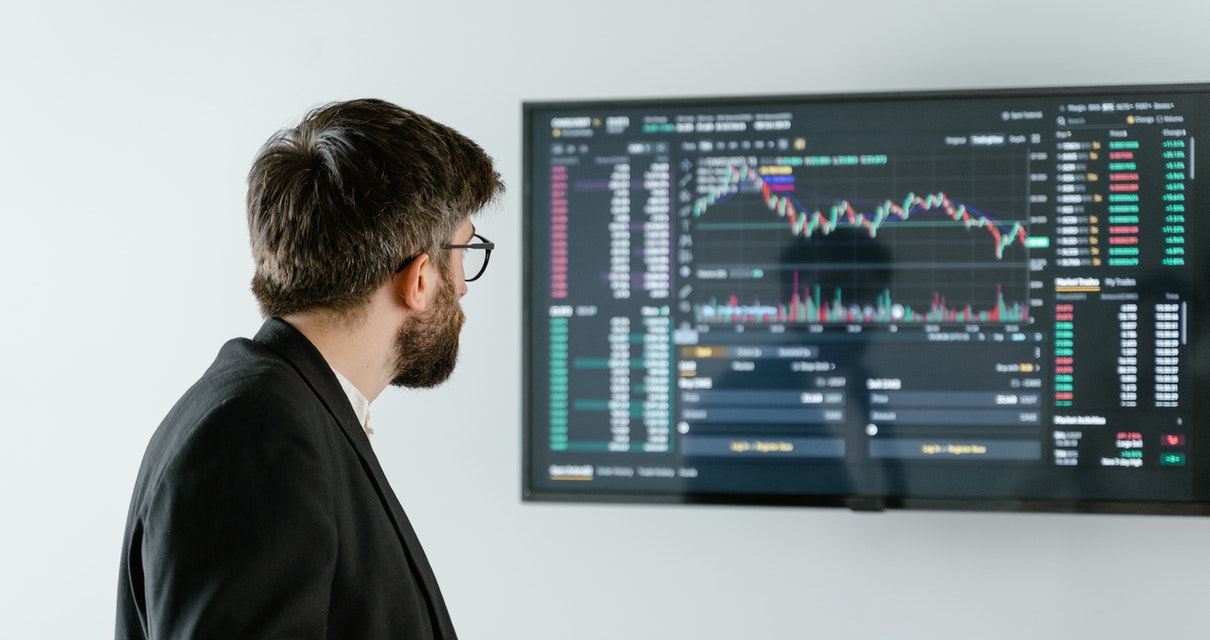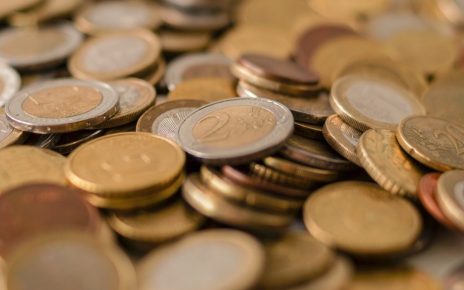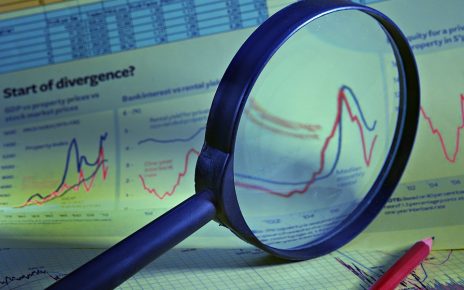To an untrained eye, high-performance traders may seem like divine entities who can turn a profit at the snap of their fingers. There’s an illusion that they never lose or have losses so insignificant that they never put a dent in their wallet.
The truth is that even high-performance traders lose. They don’t have a secret holy grail that helps them make winning trades and turn huge profits. Their only “secret” lies in their habits.
They have developed simple, healthy habits for avoiding common pitfalls and boosting their chances of success. You, too, can join their ranks if you follow in their footsteps and develop the same mindset.
Below are some of the essential steps that high-performance traders take daily.
Treating trading like a business
Trading is a marathon, not a sprint. Just like running a business, it requires consistent learning, research, and strategizing. It requires real commitment.
High-performance traders understand this and treat trading like a business. If you were to treat it like a hobby or a job, you wouldn’t be as committed to maximizing your potential.
Sticking to a winning trading plan and strategy

Sticking to a winning trading plan and strategy is key to effective risk management. If you make trades outside of your plan, you may not be able to see what works and what may need an adjustment.
Your win/loss ratio may provide incomplete and inaccurate data since it would be based on different strategies. And this ratio is crucial for gaining an insight into your strategy’s effectiveness.
To determine if your strategy is viable, you should backtest it before investing real money. Backtesting your trading strategy includes using historical data to analyze how your strategy would play out. It’s a risk-free way to see if there’s profit potential, or if you should bail out of your strategy and make a new one.
Staying up-to-date with the markets
The volatile security markets are constantly changing, so there’s always something new to learn and new techniques to adopt. Being a high-performance trader is all about ongoing learning and improvement.
Stay up-to-date with the latest industry news, trends, and even world politics. They affect all the securities’ prices and can help you minimize losses and uncover profit opportunities.
Leveraging technology
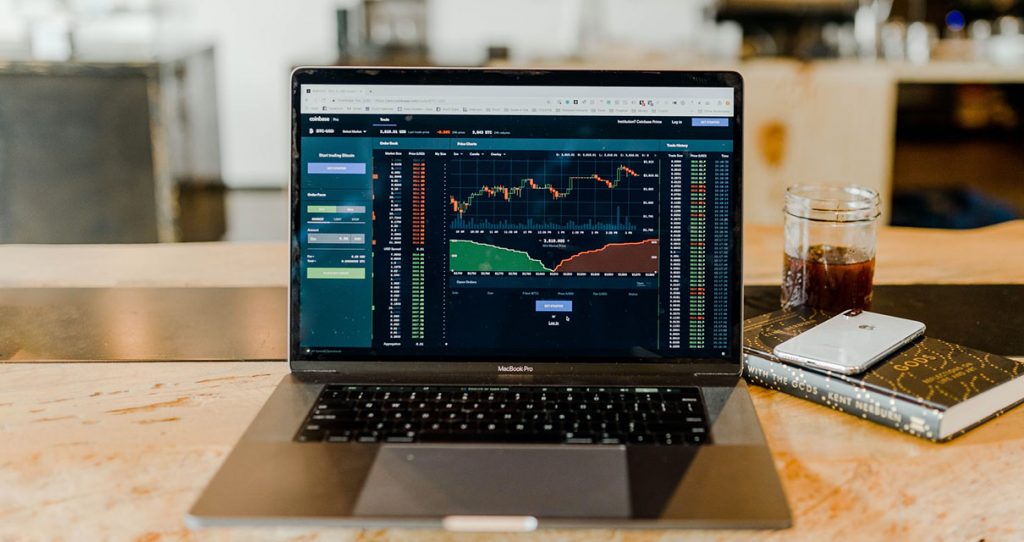
Leveraging technology in trading is critical for success. All the best traders use tech to their advantage to analyze market trends, avoid losing trades, and seize profit opportunities.
There are numerous technical analysis tools for trading you can utilize to analyze market data and your trading performance and optimize your trading profitability.
Some of the best trading platforms offer advanced analytics tools, charts, graphs, industry news, and even internal forums, where traders can exchange ideas and learn from one another.
If you join OneUp Trader, you can access over 20 trading platforms with these and many other features.
Risking what they can afford to lose
High-performance traders never gamble with their capital. Instead, they take a data-driven approach to trading to calculate the odds and ensure they can afford every potential loss.
Losses are an integral part of trading, but they should never be more extensive than your winnings. Otherwise, your trading career might be short-lived.
So, don’t take blind guesses based on your gut feeling because you’d only get so far. Instead, take calculated risks based on thorough market analysis and invest only as much as you are willing to lose.
Using stop-loss and take-profit orders
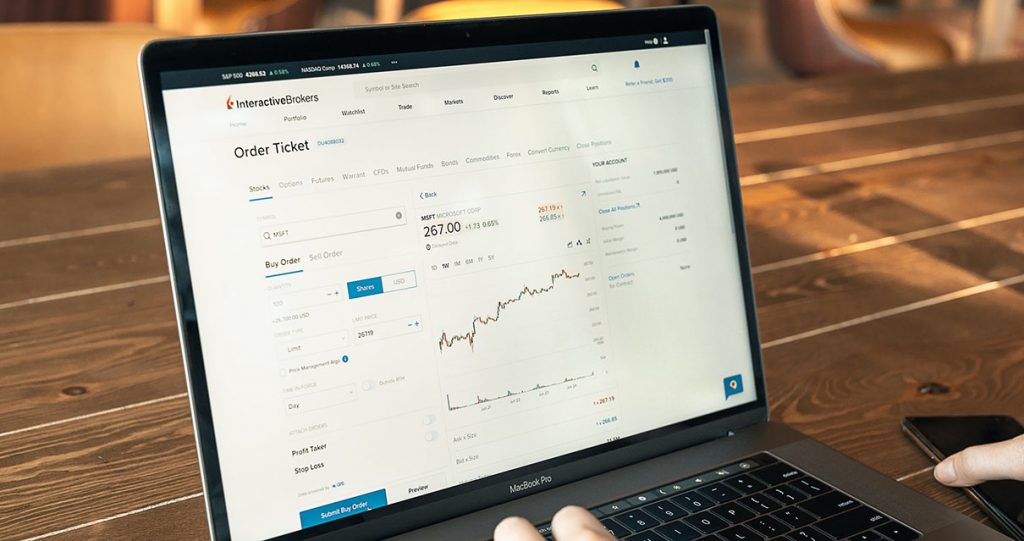
Stop-loss and take-profit orders are some of the essential tools in every successful trader’s arsenal. They can help you control your positions, mitigate losses, and increase profits like other order types.
Place a stop-loss order when you want to limit the risk if a traded security’s price drops below a pre-specified level. Similarly, put a take-profit order when you want to take advantage of a short-term price movement before a possible downturn.
For instance, if you buy a security at $40, you could put a stop-loss at $38 with a profit target of $45. If the price reaches any of those levels, the related order will execute and close the trade.
Relying on the risk/reward ratio
Calculating every trade’s risk/reward ratio (RRR) before making it is one of the best risk management principles that high-performance traders adopt. It can help you keep your losses to a minimum and optimize your trading profitability.
A particular trade’s risk/reward ratio will show how much potential profit you can earn for every dollar you risk.
If a particular trade has a risk/reward ratio of 1.0 or lower, your potential profit (reward) is higher than your potential loss (risk).
The best way to leverage the RRR is to combine it with your win rate and calculate it when placing stop-loss and take-profit orders. If the ratio of a specific trade isn’t 1.0 or lower when you place the orders, you shouldn’t get in that trade.
For instance, if you buy a stock for $30 per share and put a stop-loss order at $28 and a take-profit order at $35, you’re risking $2 to make $5. Dividing those two values would result in 0.4, which means making the trade would be a smart move.
Committing to portfolio diversification
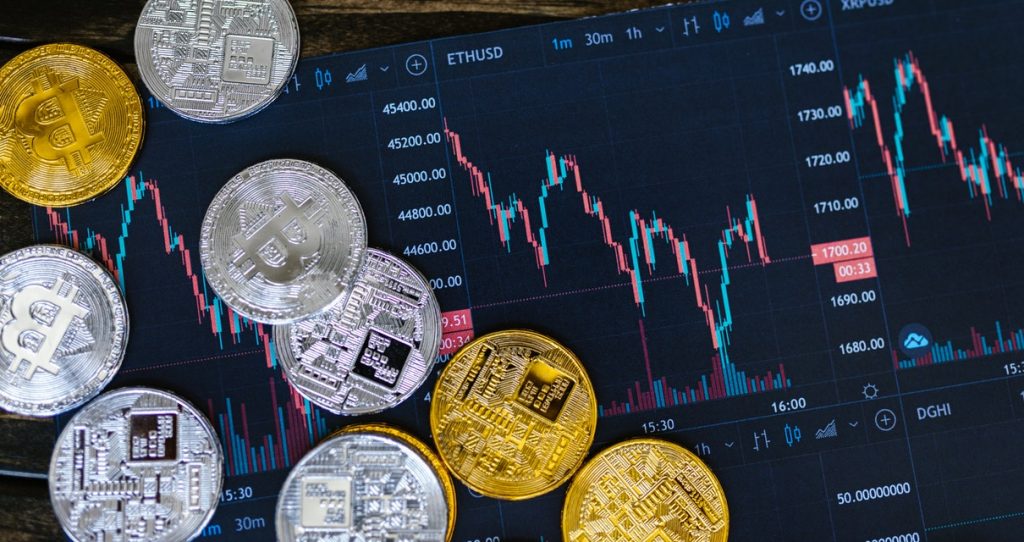
Portfolio diversification in trading is a vital risk management principle for limiting exposure to risk and generating a higher ROI. If you ask any high-performance trader, they’ll tell you their portfolio includes many different assets.
The trick is to trade or invest in negatively correlated assets since they don’t move in the same direction. So, for example, if one moves up when the other goes down, then losing on one trade might not lead to a loss on the other one.
Focusing on flawless execution
Flawless execution means acting on an opportunity, that is, knowing when to get in and out of a trade. It’s something you learn through practice and regular market analyses, and one of the critical rules high-performance traders follow to a T.
If you notice a bump in your trading strategy or don’t feel emotionally composed at the moment, don’t take the risk. You must be prepared, focused, disciplined, and trade only when you’re at your best.
Keeping emotions out of trades

You will have losing trades, even when you join the ranks of high-performance traders. But, how you handle your losses will make a difference between being an ineffective trader and one that turns consistent profits.
Always take a loss like a champ, and don’t let stress and other negative emotions get the best of you. Instead, develop and hone your mental edge, and you’ll start counting more wins than losses in no time.
The same goes for winning. If you’re overconfident after a profitable trade and expect the next one to be another win, you may set yourself up for failure without calculating all the odds.
Mastering trading psychology takes time, but it makes a world of difference in smart decision-making.
Final thoughts
High-performance traders didn’t become successful overnight. Instead, they worked hard to perfect their strategies, research the markets, and develop a winning mindset. So, if you want to play with the big guns, follow the steps above, and you’ll supercharge your chances of success.
Learn more about what it takes to be a successful trader and how to build a robust trading plan.


